Rebuilding Your Gums: Easy Tips for Healthy Gums
October 24th, 2013
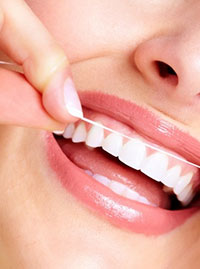 Over half of American adults have had or currently suffer from periodontal disease, also known as gum disease. There are many ways, however, that you can rebuild your gums including proper oral care and eating the right kinds of foods.
Over half of American adults have had or currently suffer from periodontal disease, also known as gum disease. There are many ways, however, that you can rebuild your gums including proper oral care and eating the right kinds of foods.
One out of every two American adults over the age of 30 has periodontal disease according to a study by the Center for Disease Control and Prevention. The study does not hint that the disease is going away any time soon either. With fast food, sugary drinks, and chemical preservatives constantly causing damage to our gums and our lax take on dental hygiene; adult Americans can be in a good amount of trouble for some time.
There is plenty you can do about it though. With proper oral hygiene, eating the right foods, and visiting your dentist regularly, you can be on your way to kicking periodontal disease to the curb and having an overall healthier lifestyle.
Start With Proper Oral Hygiene
The best way to fight periodontal disease is to care for your teeth the right way. This includes:
Brushing your teeth 2 to 3 times a day. We recommend a good brush after every meal. However, it's not just brushing, but the way you brush. Brushing too hard can actually cause damage to your gums. Instead, use a soft toothbrush and brush away from the gums at a 35-degree angle.
Flossing once a day. We recommend flossing at night during your final brushing before bedtime. Floss before you brush, use a good amount of floss to free up any food and plaque stuck between your teeth and gums. If your gums begin to bleed, wash your mouth out with water and continue. Bleeding is a sign of damaged gums, however, if you continue to floss regularly, the bleeding will stop.
Next, Eat The Right Foods
Certain foods help promote gum health and growth. As well, foods with the right vitamins can also help protect your gums.
Raisins: Research shows that the antioxidants in raisins can help fight bacteria that cause gum disease. Though they may be sticky and sugary, they are great at protecting your gums. Just make sure to drink water to wash off any sticky remnants after you eat.
Green Tea: Both green and black teas have antioxidants known as catechins which are able to reduce inflammation in the gums. This is essential to preventing gum disease. Though black tea does have the same catechins, we recommend green, as it won't stain your teeth.
Whole Grains: Eating whole grains rather than refined carbohydrates is a great way to help reduce inflammation in the gums. Because whole grains are digested slower than refined carbohydrates they are able to keep blood glucose at a steady rise. This avoids spikes in blood sugar, which produce a inflammatory protein. Switching to whole grains is a smart way to help maintain healthy gums.
Vitamin C, D, and B9: Whatever way you can do to absorb the vitamins C, D, and B9 will help promote gum growth and stimulate your gums to protect themselves against bacteria. Whether through healthy foods (oranges, blueberries, oysters, asparagus, peanuts) or by supplement, make sure to get a good dose of these vitamins daily.
Visit Your Dentist Twice a Year
No step is more important than visiting your dentist and making sure that your gums are properly cared for. Your dentist can clean your teeth and your gums much better than a toothbrush and floss can.
If you do take care of your teeth regularly, but still have signs of periodontal disease, often a dentist's cleaning can be the final push to treat and rid your gums of this disease.
Call Water Tower Dental today if you're looking for a team of dentists that understand how to treat and care for patients with periodontal disease. We're happy to help and can set up an appointment for you right away.

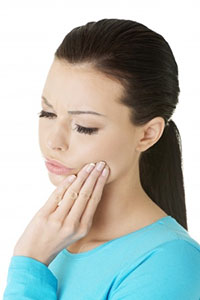 When it comes to any kind of oral discomfort, there are always many potential reasons for the pain. However, almost always, the pain can be determined as an issue with the teeth, gums, or tongue. When specified to those three, you can narrow down the possible causes of the pain.
When it comes to any kind of oral discomfort, there are always many potential reasons for the pain. However, almost always, the pain can be determined as an issue with the teeth, gums, or tongue. When specified to those three, you can narrow down the possible causes of the pain.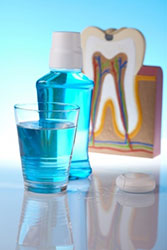 If you're looking for that extra step in oral hygiene to help kill bacteria and freshen breath, look no further than mouthwash. There are three leading types of mouthwash that all serve different purposes depending on your needs. Here's a helpful guide to educate you on what you should look for in a mouthwash and why.
If you're looking for that extra step in oral hygiene to help kill bacteria and freshen breath, look no further than mouthwash. There are three leading types of mouthwash that all serve different purposes depending on your needs. Here's a helpful guide to educate you on what you should look for in a mouthwash and why.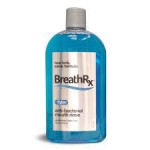
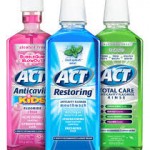
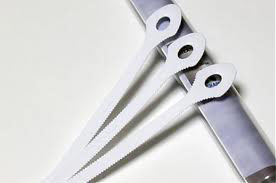 When it comes to oral hygiene, Water Tower Dental encourages daily brushing and flossing along with biannual dental cleanings and check ups. Clearing harmful bacteria out of the mouth will help keep your teeth and gums clean and healthy, but what about your breath? Although brushing a flossing can help keep the bacteria that cause bad breath away from your teeth and gums, there's still a chance you'll have bad breath. That's because many of the bacteria can camp out on your tongue. Cue the tongue scraper, a leading tool in keeping harmful bacteria off your tongue.
When it comes to oral hygiene, Water Tower Dental encourages daily brushing and flossing along with biannual dental cleanings and check ups. Clearing harmful bacteria out of the mouth will help keep your teeth and gums clean and healthy, but what about your breath? Although brushing a flossing can help keep the bacteria that cause bad breath away from your teeth and gums, there's still a chance you'll have bad breath. That's because many of the bacteria can camp out on your tongue. Cue the tongue scraper, a leading tool in keeping harmful bacteria off your tongue.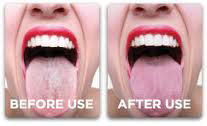 There are several different designs of a tongue scraper (also referred to as a tongue brush or tongue cleaner), but their objective is still the same. Tongue cleaners- unlike toothbrushes- are designed for the purpose of lifting and trapping the plaque coating and removing it from the tongue.
There are several different designs of a tongue scraper (also referred to as a tongue brush or tongue cleaner), but their objective is still the same. Tongue cleaners- unlike toothbrushes- are designed for the purpose of lifting and trapping the plaque coating and removing it from the tongue.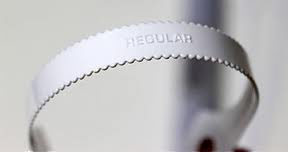 A tongue scraper will not just help your bad breath though. A tongue scraper helps remove ama from the tongue. Ama is sanskrit meaning anything that is undigested. Specifically for your mouth, undigested food. Old remnants of food, just like plaque, can build up along the tongue. The more build up you have, however, the less your taste buds can detect flavors of food. By using a tongue scraper, you can actually help your tongue taste food better. That's a great plus for anyone who loves a good meal.
A tongue scraper will not just help your bad breath though. A tongue scraper helps remove ama from the tongue. Ama is sanskrit meaning anything that is undigested. Specifically for your mouth, undigested food. Old remnants of food, just like plaque, can build up along the tongue. The more build up you have, however, the less your taste buds can detect flavors of food. By using a tongue scraper, you can actually help your tongue taste food better. That's a great plus for anyone who loves a good meal.
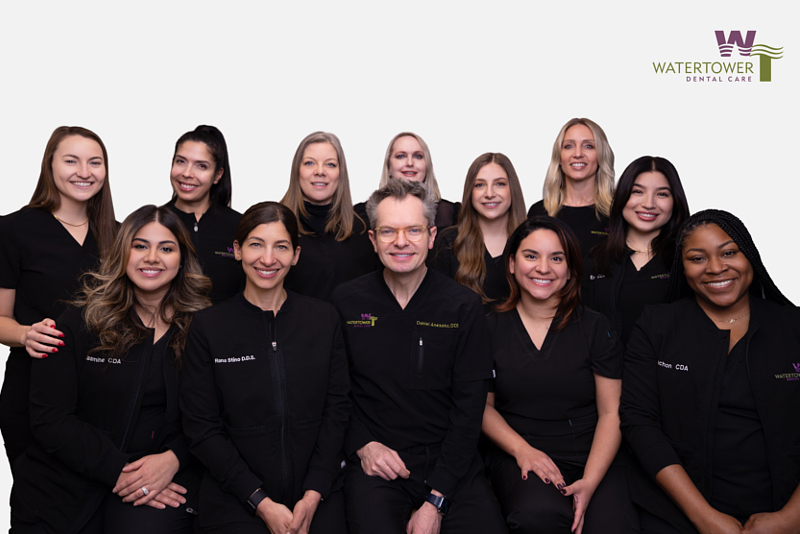


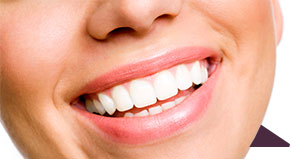
 Website Powered by Sesame 24-7™
Website Powered by Sesame 24-7™